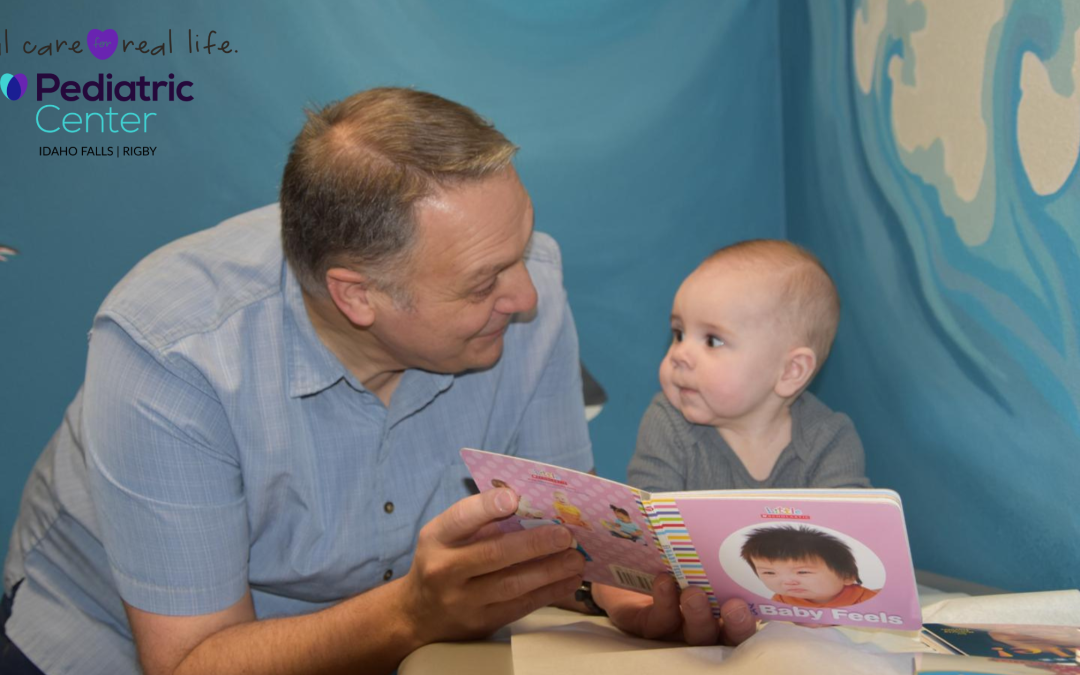
Swim Safely This Summer!
Drowning Prevention in Kids: Essential Tips for Parents and Caregivers
Drowning is a leading cause of injury-related death among children, but with vigilance and proper precautions, many of these tragedies can be prevented. At the Pediatric Center, we are dedicated to ensuring the safety and well-being of children. Here are some essential tips to help prevent drowning and keep your kids safe around water.
Key Takeaways
- Constant Supervision: Always keep an eye on your children when they are around water, and designate a responsible adult as a water watcher during gatherings.
- Swimming Skills: Enroll your children in swimming lessons early and ensure they learn basic water safety skills.
- Life Jackets: Use life jackets for children near natural bodies of water and weaker swimmers in pools.
- Barriers and Alarms: Install proper fencing and alarms around home pools to add layers of protection.
- CPR Knowledge: Learn CPR and ensure all caregivers are trained to respond to emergencies.
- Water Safety Education: Continuously educate your children about the importance of water safety and following rules.
Supervision is Key in Preventing Drowning
Always watch your children when they are near water. This includes bathtubs, swimming pools, ponds, lakes, and even buckets of water. Active supervision means keeping your eyes on your child at all times and avoiding distractions. During gatherings, designate a responsible adult to watch the children in and around water. Rotate this responsibility to ensure continuous supervision.
Educate and Equipment for Drowning Prevention
Teaching your children to swim at an early age can greatly reduce the risk of drowning. Enroll them in swimming lessons as soon as possible, ensuring the instructors are certified. Additionally, use U.S. Coast Guard-approved life jackets for children near natural bodies of water like lakes, rivers, or the ocean. Life jackets are also recommended for weaker swimmers in pools.
Creating Safe Swimming Environments
For home pools, installing a fence at least four feet high with self-closing, self-latching gates is essential. Pool covers and alarms can add an extra layer of protection. Make sure your pool is regularly maintained and has a clear view from the house. Remove any toys or floats from the pool area when not in use, as these can attract children.
Before allowing your children to dive or jump into water, always check the depth and ensure it’s safe. Teach them to enter the water feet first to avoid head and neck injuries.
Beyond Pools: Know the Risks
Be cautious with bathtubs and never leave a young child unattended. Even a few inches of water can pose a drowning risk. Use non-slip mats and keep the bathroom door closed when not in use. Other hidden hazards include buckets, toilets, and containers of water. Keep toilet lids closed and store buckets out of reach when not in use.
Emergency Preparedness
Learning CPR can be a lifesaver in emergency situations. Ensure you and other caregivers are trained and certified in CPR, as immediate response can make a critical difference. Establish and practice a family emergency plan for water-related incidents. Ensure everyone knows what to do and who to call for help.
Staying Informed and Vigilant
Talk to your children about water safety and the importance of following rules around water. Make sure they understand the dangers and know what to do in case of an emergency. Stay informed about water safety guidelines and updates from trusted organizations like the American Academy of Pediatrics and the Centers for Disease Control and Prevention.
Frequently Asked Questions (FAQ)
Q: At what age should I start swimming lessons for my child?
The American Academy of Pediatrics suggests that children can start swimming lessons as early as age one. However, the readiness of each child varies, so it’s important to consider their development and comfort level with water.
Q: How can I make my home pool safer?
Install a four-foot fence with a self-closing, self-latching gate around your pool. Consider adding pool alarms and safety covers, and remove toys from the pool area when not in use to prevent children from being tempted to enter the water unsupervised.
Q: Are floaties or inflatable armbands safe for my child?
Floaties and inflatable armbands are not substitutes for life jackets and can provide a false sense of security. It’s best to use U.S. Coast Guard-approved life jackets, especially for younger or weaker swimmers.
Q: What should I do if I see a child struggling in the water?
Act immediately. If you are trained in water rescue, help the child out of the water. If not, call for help and try to reach the child with a long object, such as a pool noodle or a pole, without putting yourself at risk.
Q: How can I teach my child about water safety?
Talk to your child about the importance of following water safety rules. Use age-appropriate language and reinforce lessons through practice and positive reinforcement. Swimming lessons often include water safety education as part of the curriculum.
Q: Is it safe to leave my child in the care of a babysitter or relative around water?
Ensure that anyone caring for your child is aware of water safety practices and understands the importance of constant supervision. Provide clear instructions and emergency contact information.
By following these tips and maintaining a proactive approach to water safety, you can significantly reduce the risk of drowning and ensure a safe and enjoyable environment for your children. At the Pediatric Center, we are committed to supporting you in keeping your family safe. For more information and resources on water safety, feel free to reach out to our team.
Contact Us
If you have any questions or need further guidance on drowning prevention, please don’t hesitate to contact the Pediatric Center. We’re here to help you keep your children safe and healthy. The Pediatric Center has extended hours on nights and weekends as well as in-house labs and x-rays, so you can get the help your child needs, when they need it. Contact us at our Idaho Falls location at (208) 523-3060 or our Rigby location (208) 745-8927, to set up your appointment.






